Quilting Basics: How to Choose The Right Quilt Batting
Welcome to the wonderful world of quilting! If you're just starting out or looking to refine your skills, one key aspect you need to understand is quilt batting. It's the fluffy layer that sits between your quilt top and backing, providing warmth and structure. Choosing the right quilt batting can feel overwhelming, especially with the myriad of options available. But don’t worry! This article will explore the essential aspects of selecting quilt batting, including types, materials, and considerations for different quilting projects. By the end, you'll be equipped to make informed choices that align with your quilting needs and style.
When it comes to quilt batting, there are various types available, each with unique characteristics that can dramatically affect the look and feel of your finished quilt. From the soft, cozy feel of cotton to the lofty warmth of polyester, understanding these types is crucial. In this section, we'll delve into the most common types of quilt batting, helping you understand their differences and applications. For instance, some batts are designed to be more durable, while others may provide a softer drape. Knowing what each type offers can help you choose the perfect batting for your project.
Quilt batting can be made from both natural and synthetic materials, each with its own set of pros and cons. Choosing the right material is not just about personal preference; it also impacts your quilt's performance, durability, and even its appearance. Let's break it down:
- Cotton: Known for its breathability and softness, cotton batting is a favorite among quilters. It's perfect for projects where you want a classic feel.
- Synthetic: Often made from polyester, synthetic batting tends to be more affordable and resistant to shrinking, making it a practical choice for many quilters.
In the following sections, we will dive deeper into each material type, discussing their advantages, disadvantages, and ideal uses.
Cotton batting is favored for its breathability and softness. It allows for great draping and provides a lovely texture to quilts. If you're creating a quilt that will be used frequently, such as a bedspread or a lap quilt, cotton batting is often the go-to choice. Its natural fibers also make it an excellent option for those who prefer eco-friendly materials. However, it’s essential to consider how cotton batting performs compared to other materials.
The main advantages of using cotton batting include:
- Durability: Cotton batting holds up well over time, making your quilts last longer.
- Ease of Quilting: It’s easier to quilt through cotton because it has a stable structure.
- Aesthetic Appeal: Cotton batting enhances the overall look of finished quilts, giving them a classic, cozy feel.
While cotton batting has many benefits, it also has some drawbacks. For instance, it can be prone to shrinkage after washing, which might affect the size of your quilt. Additionally, cotton batting can be more expensive compared to synthetic options, so it's worth considering your budget before making a decision.
Synthetic batting, often made from polyester, is another popular choice among quilters. It brings its own unique features to the table, such as being lightweight and resistant to moisture. This type of batting is particularly well-suited for projects that require a little extra warmth, like comforters or blankets for colder climates. Plus, synthetic batting tends to be more affordable, making it an attractive option for budget-conscious quilters.
The thickness of quilt batting significantly impacts the final appearance and feel of your quilt. Thicker batting can create a loftier quilt, while thinner batting results in a flatter finish. So, how do you choose the right thickness based on your project requirements? It’s all about understanding your goals for the quilt. If you want something fluffy and warm, go for a thicker batting. If you prefer a more streamlined look, opt for a thinner option.
Understanding the differences between lightweight and heavyweight batting is crucial for achieving your desired quilt outcome. Lightweight batting is ideal for summer quilts or wall hangings, while heavyweight batting is perfect for winter quilts or items that need extra warmth. Each type serves its purpose, so choose wisely based on your project's needs.
Different quilting techniques may require specific types of batting. For example, if you're planning to do a lot of intricate quilting, a thinner batting may be more manageable. On the other hand, if you're using a technique that requires a lot of stitching, like trapunto, a thicker batting may be the better choice. Always consider the quilting technique you plan to use to ensure optimal results in your quilt.
Q: Can I mix different types of batting in one quilt?
A: It's generally not recommended to mix different types of batting, as they can behave differently when washed or quilted. Stick to one type for consistency.
Q: How do I prevent shrinkage in cotton batting?
A: Pre-washing your cotton batting can help minimize shrinkage. Just be sure to follow the manufacturer's instructions.
Q: What is the best batting for hand quilting?
A: Cotton batting is often preferred for hand quilting due to its stability and ease of handling.
Now that you’re equipped with the basics of choosing quilt batting, you can dive into your next quilting project with confidence! Happy quilting!
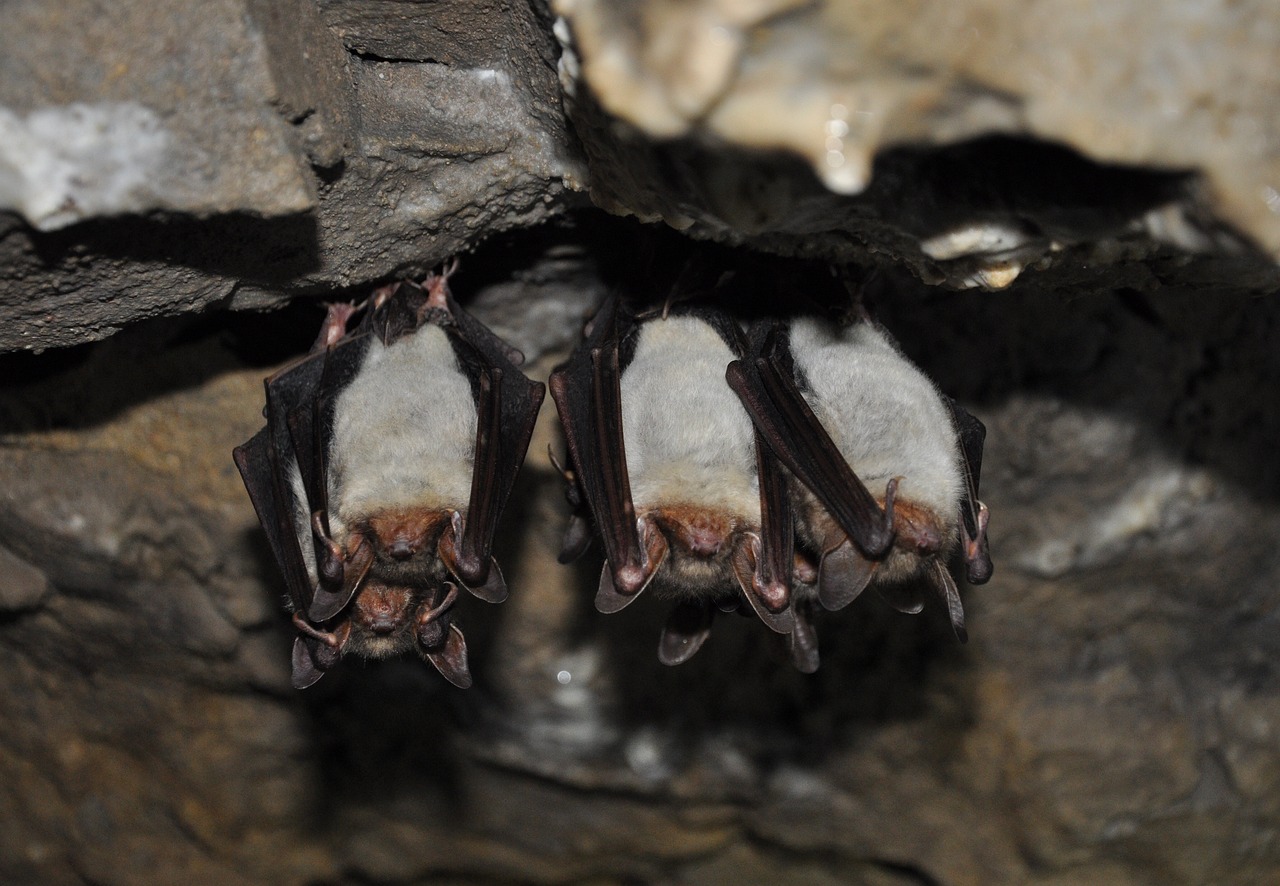
Understanding Quilt Batting Types
When it comes to quilting, the choice of batting can make or break your project. With so many options available, understanding the different types of quilt batting is essential for achieving the desired look and feel of your quilt. Each type of batting comes with its own set of characteristics, making it suitable for various quilting styles and projects. In this section, we will explore the most common types of quilt batting, their unique features, and their ideal applications.
Quilt batting can generally be categorized into three main types: natural batting, synthetic batting, and blended batting. Each of these categories offers distinct advantages and disadvantages, which can significantly influence your quilting experience. Let's take a closer look at these categories:
| Type of Batting | Material | Characteristics | Best Uses |
|---|---|---|---|
| Natural Batting | Cotton, Wool, Bamboo | Soft, breathable, and eco-friendly | Traditional quilts, hand quilting |
| Synthetic Batting | Polyester, Nylon | Durable, lightweight, and resistant to mold | Machine quilting, comforters |
| Blended Batting | Cotton/Polyester blends | Combines the best of both worlds | Versatile use, various quilting techniques |
Natural batting is often the go-to choice for quilters who prioritize breathability and a traditional look. For instance, cotton batting is a favorite due to its softness and ability to drape beautifully. On the other hand, wool batting provides excellent insulation and is perfect for warmer quilts. However, natural batting may require more care in terms of washing and can be prone to shrinkage.
Synthetic batting, like polyester, is a popular option for those looking for durability and ease of use. It resists mold and mildew, making it a smart choice for quilts that may be exposed to moisture. Additionally, synthetic batting often holds its shape well, which is ideal for machine quilting. However, some quilters find that synthetic materials can feel less cozy compared to their natural counterparts.
Blended batting offers a middle ground for quilters who want the benefits of both natural and synthetic materials. These blends typically combine the softness of cotton with the durability of polyester, making them suitable for a wide range of projects. Whether you're crafting a cozy quilt for winter or a lightweight summer throw, blended batting can adapt to your needs.
In summary, understanding the different types of quilt batting is crucial for any quilting project. By choosing the right batting based on its material characteristics and your project requirements, you can enhance the overall quality and durability of your quilt. So, whether you're a seasoned quilter or just starting out, take the time to explore your options and select the batting that will bring your vision to life!
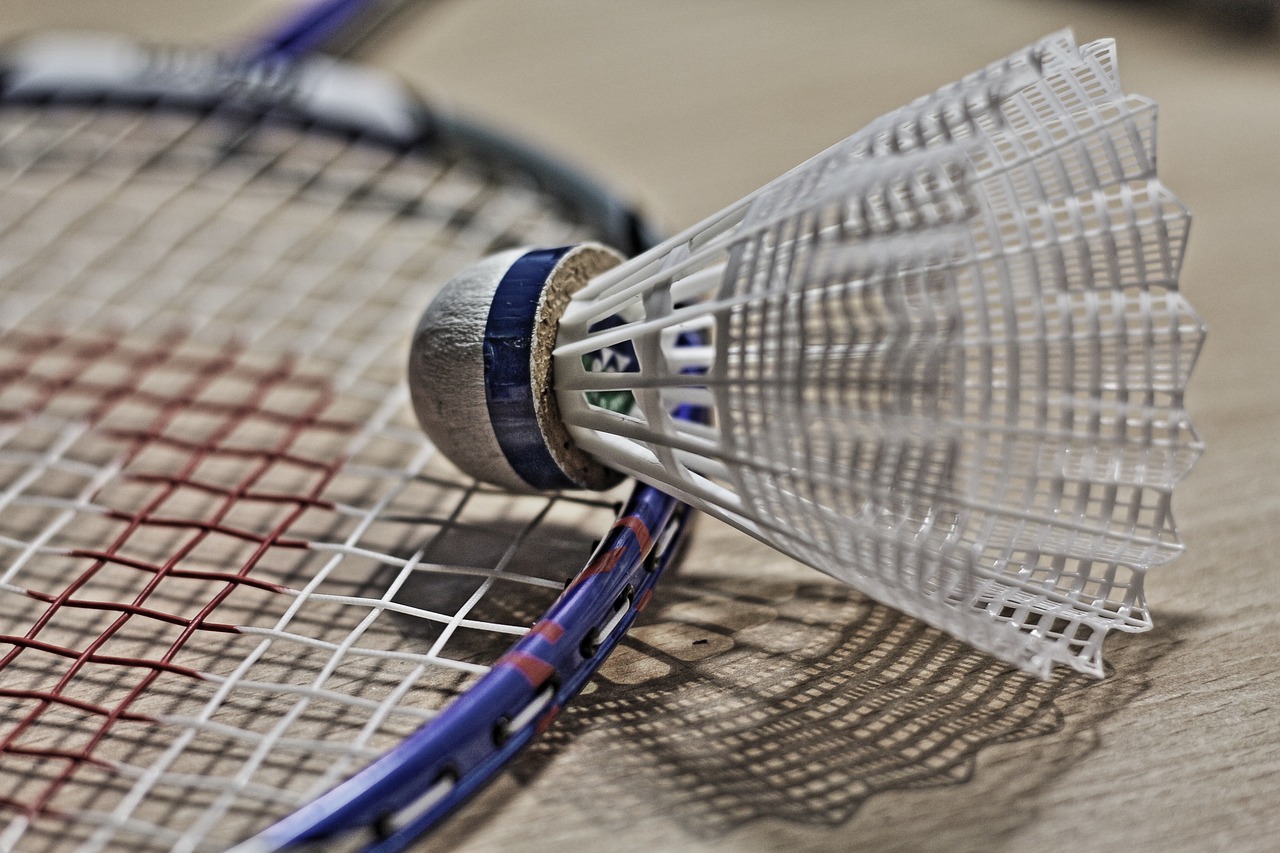
Material Options for Quilt Batting
When it comes to quilt batting, the material you choose can significantly influence not just the feel of your quilt, but also its durability and warmth. Understanding the different material options available is crucial for any quilter looking to create a masterpiece. Generally, quilt batting can be categorized into two primary types: natural and synthetic. Each material has its own set of characteristics, benefits, and drawbacks, which can affect your quilting experience and the final product.
Natural materials are often favored for their breathability and eco-friendliness. Cotton batting, for instance, is a popular choice among quilters due to its softness and ability to regulate temperature. It provides warmth without being overly heavy, making it suitable for a variety of quilting projects. However, it’s essential to note that natural materials can be prone to shrinkage, which might affect the final size of your quilt. Additionally, they can sometimes be more expensive than synthetic options, which might be a consideration for budget-conscious crafters.
On the other hand, synthetic materials, such as polyester, offer their own unique advantages. They are generally more affordable and can provide excellent loft, giving your quilt a fluffy appearance. Synthetic batting is also resistant to mold and mildew, making it a good choice for quilts that may be exposed to moisture. However, some quilters find that synthetic batting can trap heat more than natural options, leading to a warmer quilt that might not be ideal for all climates.
Here's a quick comparison of the two material types to help you make an informed decision:
| Material Type | Advantages | Disadvantages |
|---|---|---|
| Cotton |
|
|
| Polyester |
|
|
Ultimately, the choice between natural and synthetic batting boils down to your personal preferences and the specific requirements of your quilting project. If you’re looking for a classic feel with a touch of luxury, cotton may be the way to go. However, if you're after something budget-friendly and easy to maintain, synthetic batting could be your best bet. Understanding these material options will empower you to make choices that not only fit your budget but also enhance the beauty and functionality of your quilts.
As you embark on your quilting journey, consider experimenting with both types of batting to see which one aligns best with your quilting style and needs. Remember, the right batting can be the secret ingredient that elevates your quilt from good to absolutely stunning!
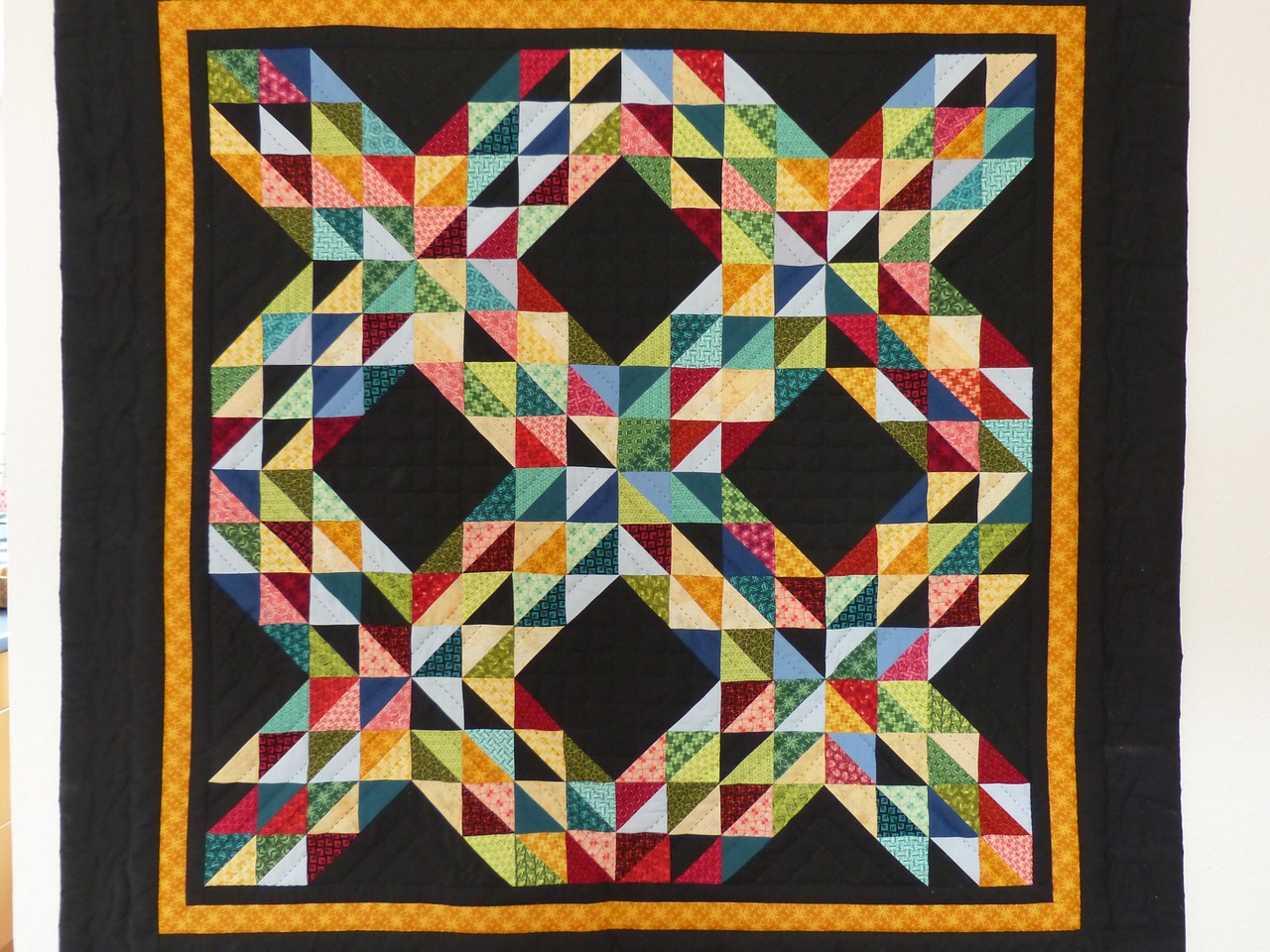
Cotton Batting
Cotton batting is a popular choice among quilters, and for good reason! It’s renowned for its breathability and softness, making it an ideal material for a wide variety of quilting projects. When you wrap yourself in a quilt made with cotton batting, you’ll notice how it feels cozy without being overly warm, allowing for a comfortable night's sleep. This unique characteristic stems from the natural fibers of cotton, which allow air to circulate, keeping you comfortable in various temperatures.
One of the key benefits of cotton batting is its durability. Quilts made with cotton batting can withstand the test of time, often becoming cherished heirlooms passed down through generations. Unlike synthetic options, cotton batting tends to age gracefully, developing a lovely crinkled texture after washing, which many quilters find appealing. Additionally, it is easy to quilt with, making it a favorite among both beginners and experienced quilters alike. The batting holds stitches well, allowing for intricate designs without the worry of puckering or shifting.
However, it’s essential to understand that cotton batting does have its quirks. For instance, it may experience some shrinkage when washed, which can be a concern if you’re looking for a specific size. It's always a good idea to pre-wash your batting to minimize this issue. Additionally, cotton batting can be more expensive than its synthetic counterparts, so if you're working on a large project, the costs can add up quickly. Despite these drawbacks, many quilters believe the benefits far outweigh the negatives, especially when it comes to the overall look and feel of the finished quilt.
In summary, cotton batting is a fantastic choice for those seeking a natural, breathable option that enhances the aesthetic of quilts. Whether you’re making a warm bedspread or a lightweight throw, cotton batting provides versatility and quality that can elevate your quilting projects. Its combination of durability, softness, and ease of use makes it a staple in the quilting community.
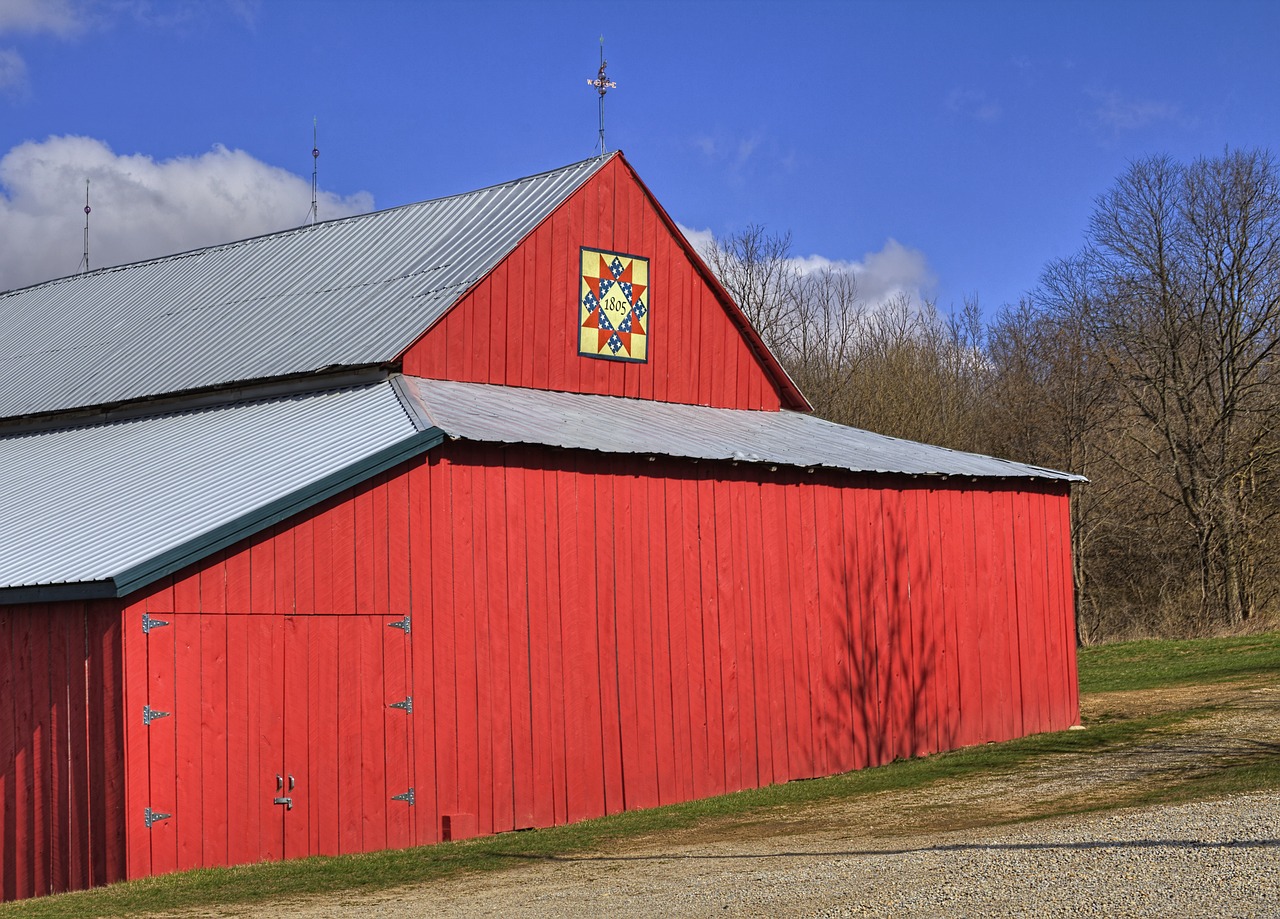
Advantages of Cotton Batting
This article explores the essential aspects of selecting quilt batting, including types, materials, and considerations for different quilting projects, ensuring you make informed choices for your quilting needs.
There are various types of quilt batting available, each with unique characteristics. This section will delve into the most common types, helping you understand their differences and applications.
Quilt batting can be made from natural or synthetic materials. This part will discuss the pros and cons of each material type, aiding in your decision-making process for your quilts.
Cotton batting is favored for its breathability and softness. Here, we will explore its benefits, ideal uses, and how it compares to other batting materials in terms of performance.
Cotton batting is a popular choice among quilters for several compelling reasons. First and foremost, its breathability is a significant advantage, making it ideal for quilts that are meant to be used year-round. Unlike synthetic options, cotton allows air to circulate, which helps to regulate temperature, keeping you warm in winter and cool in summer.
Another advantage is its softness. Cotton batting has a luxurious feel that enhances the overall comfort of your quilt. This softness also contributes to the quilt's drape, allowing it to hang beautifully when displayed or used. Furthermore, cotton batting is known for its durability. It withstands the test of time, maintaining its integrity even after multiple washes, which is essential for quilts that become cherished heirlooms.
Additionally, cotton batting is relatively easy to work with. It holds stitches well, allowing for intricate quilting designs without shifting or bunching. This is particularly beneficial for quilters who enjoy detailed quilting techniques. To summarize, the key advantages of cotton batting include:
- Breathability - Helps regulate temperature.
- Softness - Provides a luxurious feel and enhances comfort.
- Durability - Maintains integrity over time and through washes.
- Ease of use - Holds stitches well, ideal for detailed quilting.
In essence, choosing cotton batting for your quilting projects can elevate the quality and comfort of your finished product, making it a top choice for many quilters.
While cotton batting has many benefits, it also has some drawbacks. This part will discuss potential issues, such as shrinkage and cost, to consider before choosing cotton batting.
Synthetic batting is another popular choice among quilters. This section will cover its unique features, benefits, and the types of projects it is best suited for in quilting.
The thickness of quilt batting significantly impacts the final appearance and feel of your quilt. This section will guide you in selecting the right thickness based on your project requirements.
Understanding the differences between lightweight and heavyweight batting is crucial for achieving your desired quilt outcome. Here, we will break down when to use each type based on project needs.
Different quilting techniques may require specific types of batting. This section will explore how to choose batting based on the technique you plan to use, ensuring optimal results in your quilt.
Q: What is quilt batting made of?
A: Quilt batting can be made from various materials, including cotton, polyester, wool, and blends of these fibers.
Q: Can I use cotton batting for machine quilting?
A: Yes, cotton batting is excellent for machine quilting as it holds stitches well and provides a smooth surface.
Q: How do I prevent shrinkage in cotton batting?
A: Pre-washing cotton batting can help minimize shrinkage. Additionally, follow care instructions when washing your finished quilt.
Q: Is synthetic batting better than cotton?
A: It depends on your project needs. Synthetic batting is often more affordable and resistant to mold and mildew, while cotton offers breathability and softness.

Disadvantages of Cotton Batting
While cotton batting is a popular choice among quilters for its many benefits, it’s essential to recognize that it does come with a few disadvantages that could impact your quilting experience. One of the primary concerns is shrinkage. Cotton batting tends to shrink when washed, which can lead to an uneven texture in your finished quilt. This is particularly important if you're aiming for a smooth, flat surface. Imagine putting in hours of work only to have your quilt look like it went through a tumble dryer on high heat!
Another factor to consider is the cost. Cotton batting is generally more expensive than synthetic alternatives, which can be a significant consideration, especially for larger projects. If you're working on a budget, you might find yourself hesitating before purchasing high-quality cotton batting. However, it’s essential to weigh this cost against the benefits it provides, such as durability and comfort.
Additionally, cotton batting can be heavier than synthetic options, which may not be ideal for every project. For instance, if you're creating a quilt meant for warmer climates or summer use, a lighter batting might be more suitable. The weight can also affect how the quilt drapes, potentially making it less appealing if you prefer a more fluid look.
Lastly, cotton batting can be less forgiving during the quilting process. It has a tendency to shift more than synthetic batting, which can complicate your quilting technique. If you're a beginner, this might lead to some frustration as you navigate through the quilting process. In contrast, synthetic options often have a bit more stability, making them easier to work with.
In summary, while cotton batting has its merits, it's crucial to consider these disadvantages before making your choice. Understanding these factors can help you make an informed decision that aligns with your project needs and personal preferences.
- What is the best batting for beginners? Synthetic batting is often recommended for beginners due to its ease of use and stability.
- Does cotton batting shrink after washing? Yes, cotton batting can shrink, so pre-washing is often recommended.
- Can I use cotton batting for a quilt meant for warmer weather? While you can, consider using a lighter batting option for better comfort.
- Is cotton batting worth the cost? Many quilters believe the benefits, such as durability and breathability, justify the higher price.
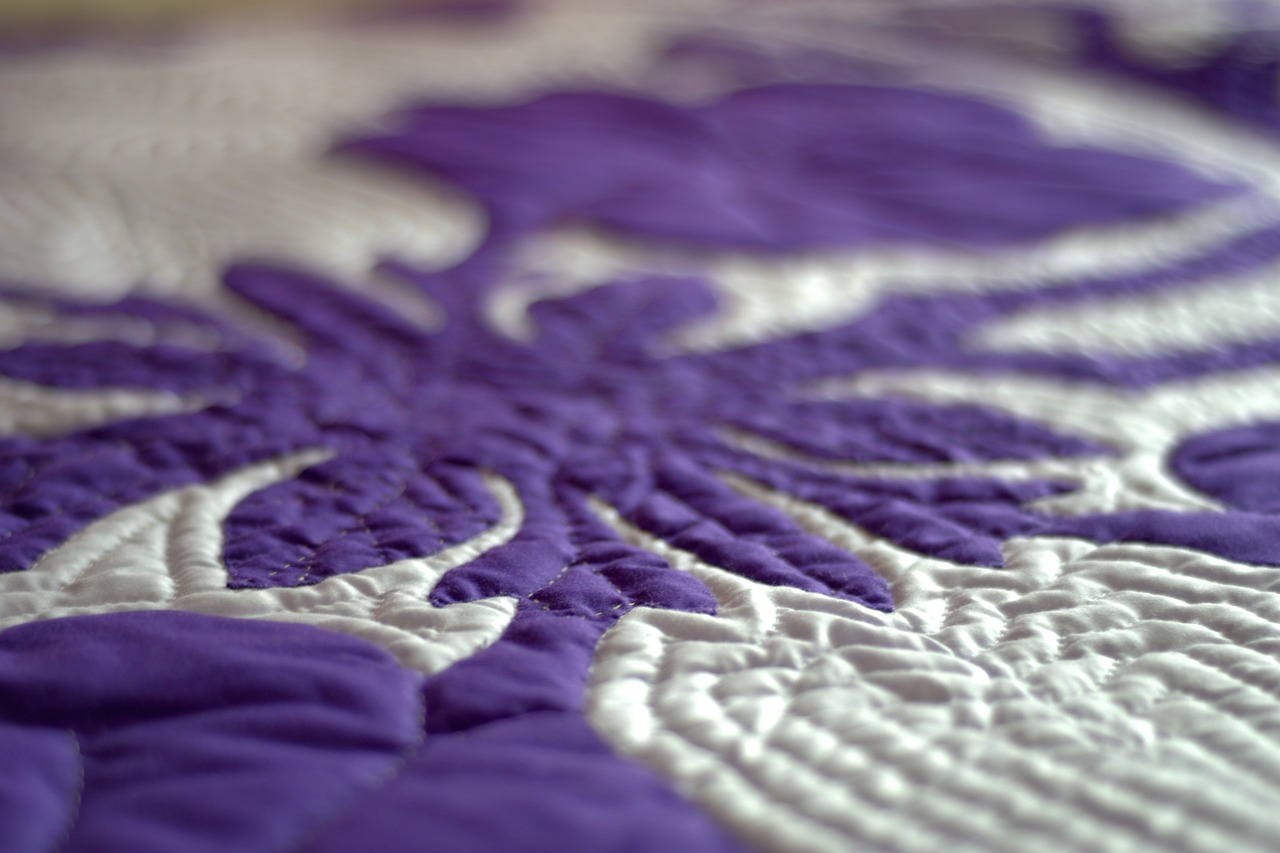
Synthetic Batting
Synthetic batting has carved out a significant niche in the quilting world, appealing to both novice and experienced quilters alike. One of the most popular materials for quilt batting, synthetic options, such as polyester, offer unique characteristics that can enhance your quilting projects. If you've ever wondered why so many quilters reach for synthetic batting, you're in for a treat! This type of batting is known for its lightweight nature and excellent insulation properties, making it ideal for a variety of quilting applications.
One of the standout features of synthetic batting is its resilience. Unlike natural fibers, synthetic materials tend to hold their shape and loft over time, which means your quilts will maintain their fluffy appearance even after multiple washes. This durability makes synthetic batting a fantastic choice for items that will see frequent use, such as bed quilts or cozy throws. Plus, it’s often more affordable than its natural counterparts, making it a budget-friendly option for those looking to create beautiful quilts without breaking the bank.
However, it's essential to consider the specific qualities of synthetic batting to determine if it's the right fit for your project. For example, synthetic batting is typically non-woven, which means it doesn't have the same breathability as cotton batting. This characteristic can be a double-edged sword: while it can provide warmth, it may not be the best choice for quilts intended for warmer climates. Additionally, synthetic batting can sometimes be prone to bearding—a phenomenon where fibers migrate to the surface of the quilt, creating an unsightly appearance.
When selecting synthetic batting, you’ll find various weights and thicknesses available. Here’s a quick overview of some popular options:
| Type | Weight | Best For |
|---|---|---|
| Lightweight Polyester | Low | Summer quilts or lightweight throws |
| Medium Weight Polyester | Medium | Everyday quilts and throws |
| Heavyweight Polyester | High | Winter quilts or projects needing extra warmth |
When it comes to quilting techniques, synthetic batting shines in methods like machine quilting and tie quilts. Its structure allows for easy stitching without the risk of bunching or shifting, making it a go-to for machine quilters. Furthermore, if you’re considering a project that involves a lot of stitching in the ditch or intricate designs, synthetic batting can provide a stable foundation that enhances the overall look of your quilt.
In conclusion, while synthetic batting may not be the traditional choice, it offers a plethora of benefits that can elevate your quilting experience. Its affordability, durability, and versatility make it a worthy contender in the quilting realm. So, whether you're crafting a cozy quilt for chilly nights or a lightweight throw for those sunny afternoons, synthetic batting could be just what you need to bring your vision to life!
- What is the best type of batting for beginners? For beginners, lightweight polyester batting is often recommended due to its ease of use and forgiving nature.
- Can I mix different types of batting in one quilt? While it's possible, mixing batting types can lead to uneven results. It's best to stick with one type for consistency.
- How do I care for quilts made with synthetic batting? Quilts made with synthetic batting can typically be machine washed and dried, but always check the manufacturer's instructions for specific care guidelines.
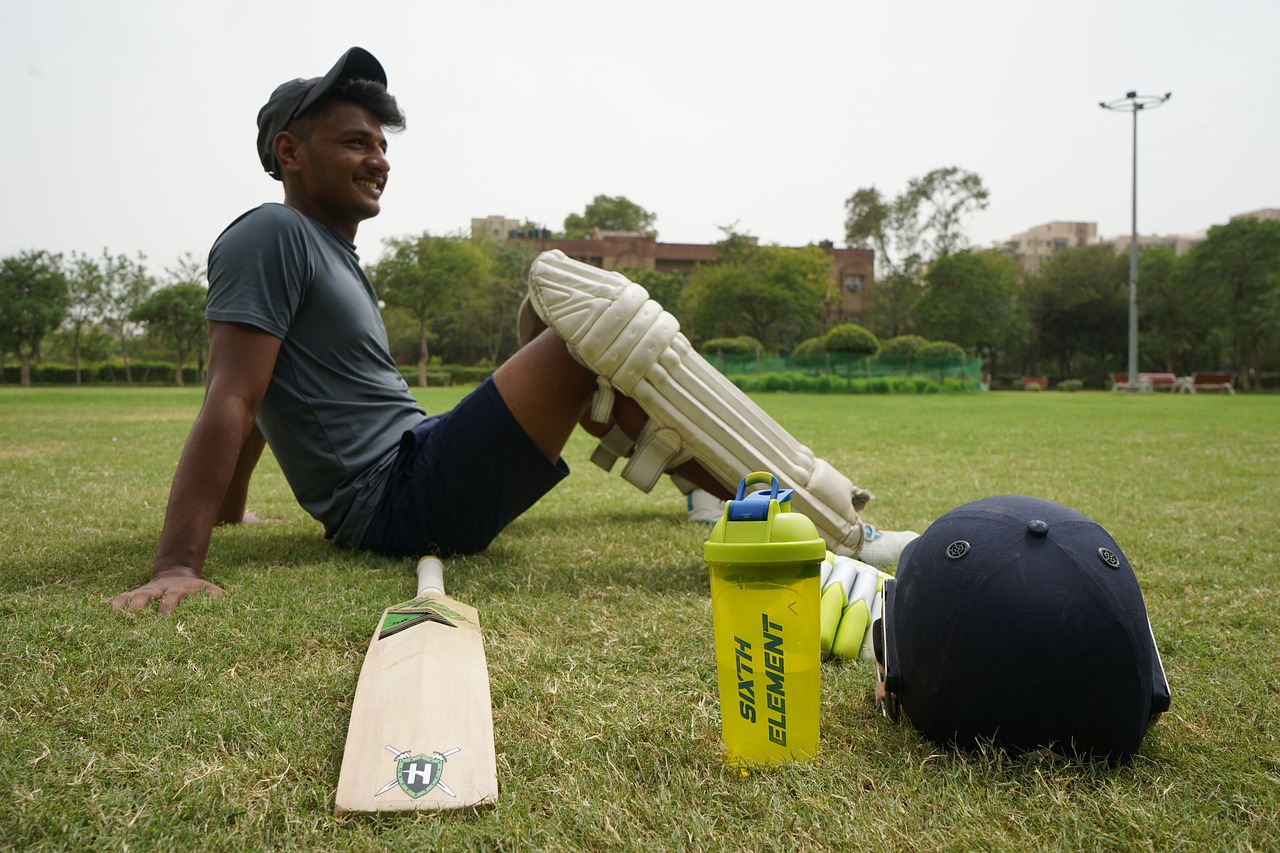
Choosing the Right Thickness
When it comes to quilting, choosing the right thickness of quilt batting is like picking the perfect pillow for a good night's sleep; it makes all the difference! The thickness, or loft, of the batting not only affects the overall look of your quilt but also influences its warmth, weight, and drape. So, how do you know which thickness is right for your project? Let's break it down!
First off, consider the purpose of your quilt. Are you making a cozy bedspread for winter nights, or a lightweight quilt for summer picnics? The answer to this question will guide you in selecting the right thickness. Generally, quilt batting comes in three main thickness categories: lightweight, medium, and heavyweight. Each serves a unique purpose and can dramatically change the feel of your finished product.
| Thickness Category | Best Uses | Characteristics |
|---|---|---|
| Lightweight | Summer quilts, wall hangings | Thin, drapes well, less warmth |
| Medium | Everyday quilts, lap quilts | Balanced warmth and weight |
| Heavyweight | Winter quilts, comforters | Thick, provides substantial warmth |
Now, let’s dive a bit deeper into the differences between lightweight and heavyweight batting. Lightweight batting is perfect for those summer quilts or projects where you want a soft, airy feel. It allows for excellent drape, making it ideal for wall hangings or quilts that won’t be heavily used. On the other hand, heavyweight batting is your go-to for those chilly winter nights. It offers substantial warmth and creates a cozy, inviting feel. However, keep in mind that it can make the quilt bulkier, which might not be what you want for every project.
Another important factor to consider is the quilting technique you plan to use. For instance, if you're hand quilting, a medium loft batting might be your best bet as it allows for easier needle penetration. Conversely, if you’re planning to machine quilt, you might find that lightweight batting works better, especially if you’re aiming for intricate designs. Each technique may require a different batting thickness to achieve the best results.
In summary, choosing the right thickness of quilt batting is crucial for achieving the desired look and functionality of your quilt. Always consider the purpose of the quilt, the techniques you’ll be using, and how you want it to feel. Remember, the right batting can elevate your quilting game to a whole new level!
- What is the best thickness for a beginner quilter? Medium loft batting is often recommended for beginners as it balances ease of use and versatility.
- Can I use different thicknesses in one quilt? Yes, you can mix different thicknesses, but be cautious as it may affect the overall drape and appearance.
- Does batting shrink when washed? Yes, most natural batting can shrink, so it's advisable to pre-wash it before quilting.
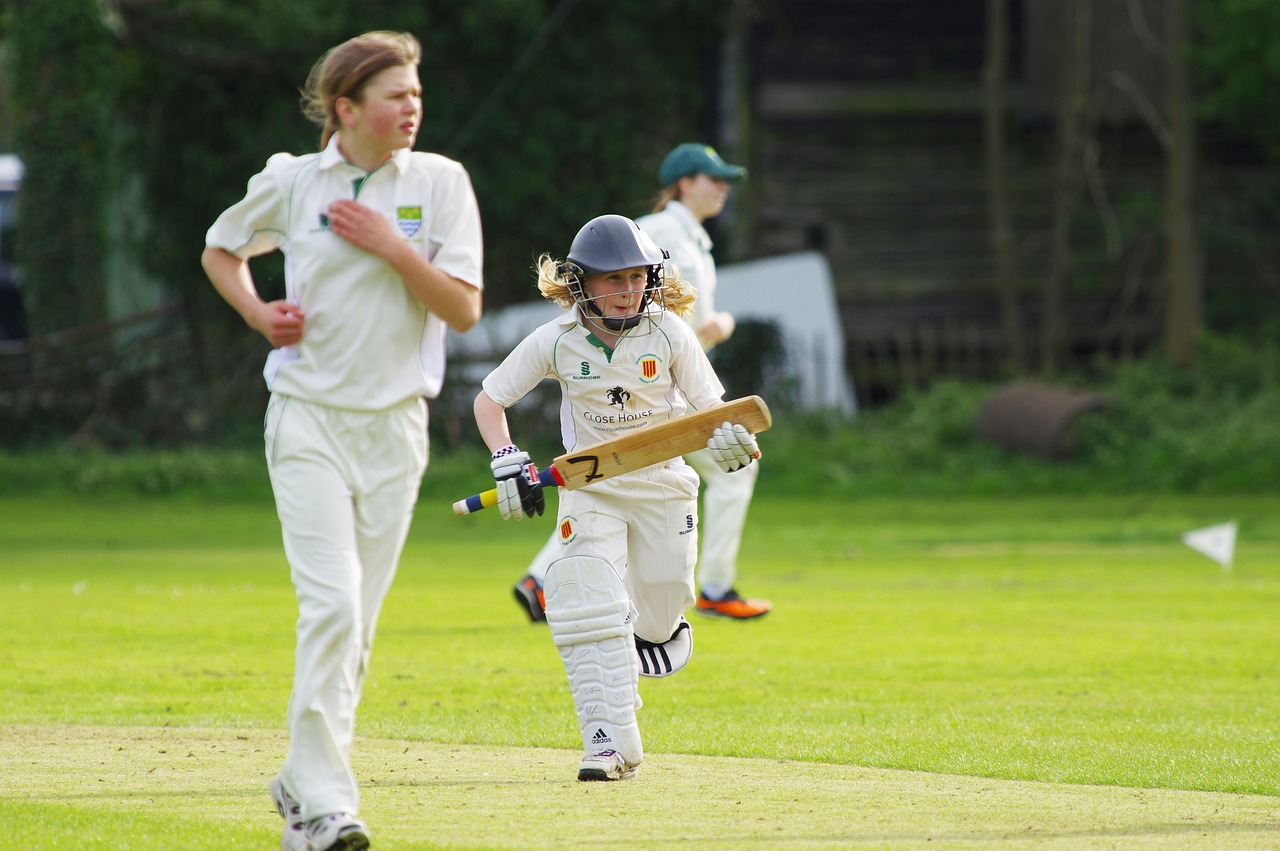
Lightweight vs. Heavyweight Batting
When it comes to quilting, one of the most important decisions you'll face is choosing between lightweight and heavyweight batting. Each type serves a different purpose and can dramatically affect the final look and feel of your quilt. So, how do you know which one to choose? Let’s break it down!
Lightweight batting is ideal for quilts that you want to be cozy yet breathable. It’s perfect for projects like summer quilts or lap quilts where you want a soft, snuggly feel without too much bulk. The breathability of lightweight batting means that your quilt can be used comfortably in warmer weather. Plus, it’s easier to quilt through, making it a favorite among beginners or those looking to create intricate designs.
On the other hand, heavyweight batting is designed for warmth and structure. If you're working on a quilt that needs to withstand colder temperatures or one that will be used frequently, heavyweight batting might be your best bet. This type provides a more substantial feel and adds durability to your quilt, making it suitable for bed quilts or those that will see a lot of wear and tear. However, it can be a bit trickier to quilt through, especially for intricate patterns, so keep that in mind if you're planning a detailed project.
To help you visualize the differences, here’s a quick comparison:
| Feature | Lightweight Batting | Heavyweight Batting |
|---|---|---|
| Best for | Summer quilts, lap quilts | Bed quilts, frequently used quilts |
| Breathability | High | Lower |
| Durability | Moderate | High |
| Ease of Quilting | Easy | More challenging |
When choosing between lightweight and heavyweight batting, consider the intended use of your quilt, the climate in which it will be used, and your personal quilting style. Are you looking for something easy to work with, or do you need a quilt that will keep you warm on chilly nights? By answering these questions, you'll be better equipped to make an informed decision that suits your quilting needs.
In conclusion, both lightweight and heavyweight batting have their unique advantages and can bring your quilting projects to life in different ways. It’s all about finding the right balance for your specific project. So, take a moment to consider what you want your quilt to achieve, and choose accordingly!
- What is the main difference between lightweight and heavyweight batting?
Lightweight batting is more breathable and easier to quilt, making it suitable for warmer climates, whereas heavyweight batting provides more warmth and durability, ideal for colder conditions. - Can I mix lightweight and heavyweight batting in one quilt?
While it’s technically possible, mixing batts can lead to uneven quilting results and may affect the overall look and feel of your quilt. - How do I know which batting to use for my project?
Consider the quilt's purpose, the climate it will be used in, and your quilting comfort level. If you're unsure, lightweight batting is often a safe bet for most projects.
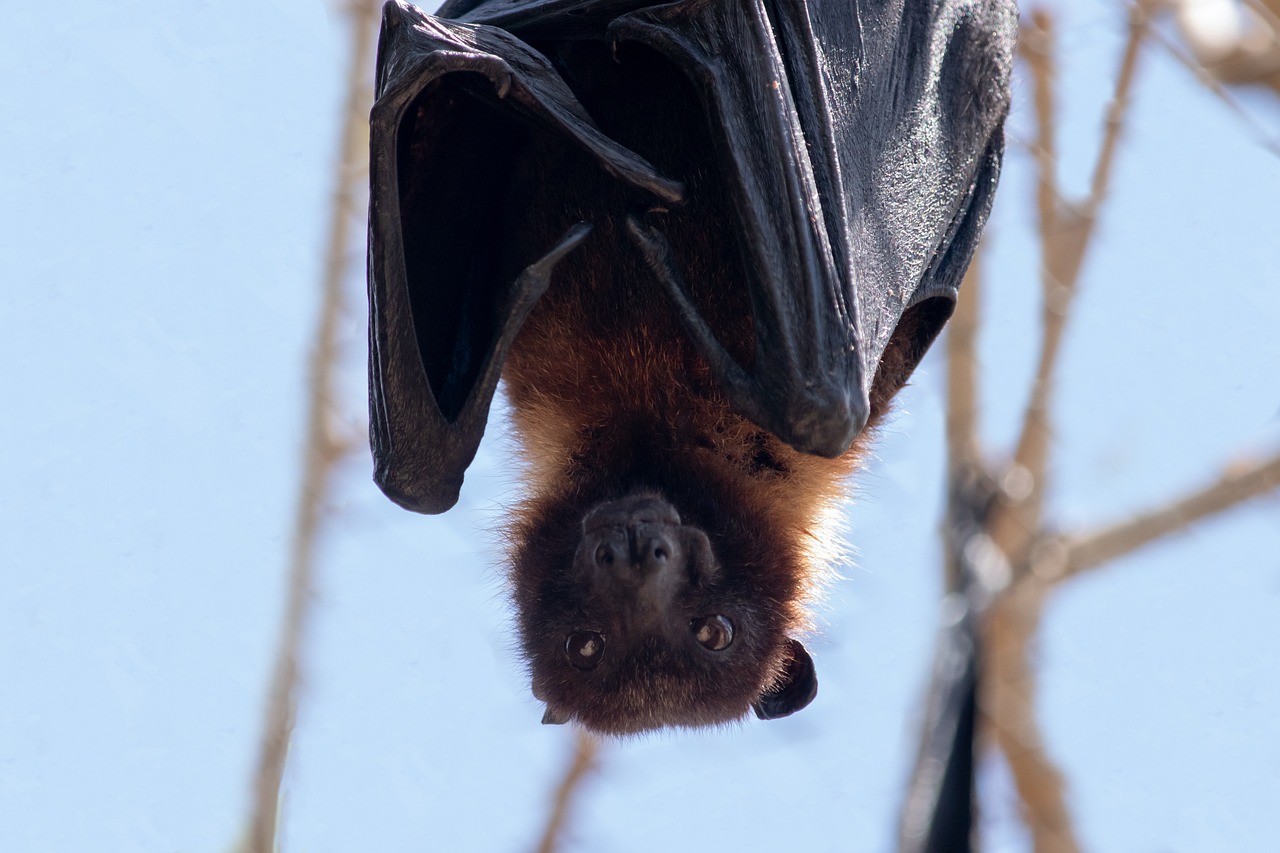
Batting for Different Quilting Techniques
When it comes to quilting, the choice of batting can dramatically influence the final look and feel of your project. Different quilting techniques often call for specific types of batting to achieve the desired results. For instance, if you’re embarking on a machine quilting adventure, you might want to choose a batting that can withstand the pressure of your sewing machine's foot. This is where polyester batting shines, offering resilience and a bit of stretch, making it perfect for intricate designs.
On the other hand, if your heart is set on a hand-quilting experience, you might lean towards cotton batting. Its softness and breathability allow for easier needle penetration, making the process smoother and more enjoyable. Plus, cotton batting tends to hold stitches well, ensuring that your hard work won't unravel at the seams. However, it's essential to consider the thickness of the batting; a thicker batting can make hand-quilting more challenging, so opting for a medium weight might be your best bet.
For those who are into appliqué techniques, choosing a batting that provides a stable base is crucial. A low-loft batting, which is thinner and denser, can help ensure that your appliqué pieces lie flat and maintain their shape. This is especially important for projects where precision is key. You wouldn’t want your beautiful appliqué to warp or shift, right?
| Technique | Recommended Batting | Notes |
|---|---|---|
| Machine Quilting | Polyester Batting | Offers resilience and stretch for intricate designs. |
| Hand Quilting | Cotton Batting | Soft and breathable, ideal for easy needle penetration. |
| Appliqué | Low-Loft Batting | Helps maintain the shape of appliqué pieces. |
Another technique that often requires special consideration is trapunto, which involves creating a raised effect in your quilt. For this, you might want to use a batting that has a bit more loft, such as a high-loft polyester batting. This will give your quilt that lovely dimensionality, making the design pop and adding a visual element that’s hard to resist.
Lastly, if you’re working on a quilt-as-you-go project, the batting choice can vary based on how you’re assembling your quilt. In this case, a thinner batting can make it easier to sew through multiple layers, while still providing enough warmth and comfort. It’s all about finding that perfect balance between thickness and ease of handling.
In conclusion, understanding the relationship between batting and your chosen quilting technique is essential for achieving the best results. Whether you're a beginner or a seasoned quilter, taking the time to select the right batting will ensure your quilts not only look stunning but also stand the test of time. So, the next time you find yourself in the fabric store, remember to consider how your batting choice aligns with your quilting technique—it could make all the difference!
- What is the best batting for beginners? For beginners, cotton batting is often recommended due to its ease of use and forgiving nature.
- Can I mix batting types in one quilt? Yes, you can mix batting types, but be cautious as it may affect the quilt's overall appearance and feel.
- How do I wash my quilt after using synthetic batting? Most synthetic batts are machine washable, but always check the manufacturer's instructions for the best care practices.
Frequently Asked Questions
-
What is quilt batting and why is it important?
Quilt batting is the layer of material that goes between the quilt top and the backing. It's crucial because it affects the quilt's warmth, weight, and texture. Choosing the right batting can make your quilt feel cozy and look beautiful!
-
What are the different types of quilt batting?
There are several types of quilt batting, including cotton, polyester, wool, and blends. Each has its own unique characteristics. For instance, cotton is breathable and soft, while polyester is durable and resistant to shrinking. Understanding these types helps you select the perfect one for your project.
-
How do I choose the right material for my quilt batting?
Choosing the right material depends on your project needs. If you're looking for a natural feel, cotton batting is a great choice. For durability and ease of care, synthetic batting might be the way to go. Consider factors like warmth, weight, and how you'll be using the quilt.
-
What thickness of batting should I use?
The thickness of batting can dramatically change how your quilt looks and feels. Lightweight batting is perfect for summer quilts, while heavyweight batting is ideal for winter. Think about the season and the type of quilt you want to create when making your choice.
-
Can I use the same batting for all quilting techniques?
Not necessarily! Different quilting techniques may require specific types of batting to achieve the best results. For example, if you're doing detailed quilting, a thinner batting might work better, while larger, more open quilting could benefit from thicker batting.
-
What are the advantages of using cotton batting?
Cotton batting is loved for its softness and breathability. It drapes beautifully and gives quilts a lovely finish. Plus, it's easy to quilt with, making it a favorite among many quilters.
-
Are there any disadvantages to using cotton batting?
While cotton batting has many perks, it can shrink after washing, so pre-washing is recommended. Additionally, it might be a bit more expensive compared to synthetic options. Weigh these factors when making your choice!
-
What is synthetic batting best for?
Synthetic batting is great for projects that require durability and easy maintenance. It resists shrinking and is often more affordable than natural options. It's perfect for quilts that will see a lot of use, like children's blankets or everyday throws.



















